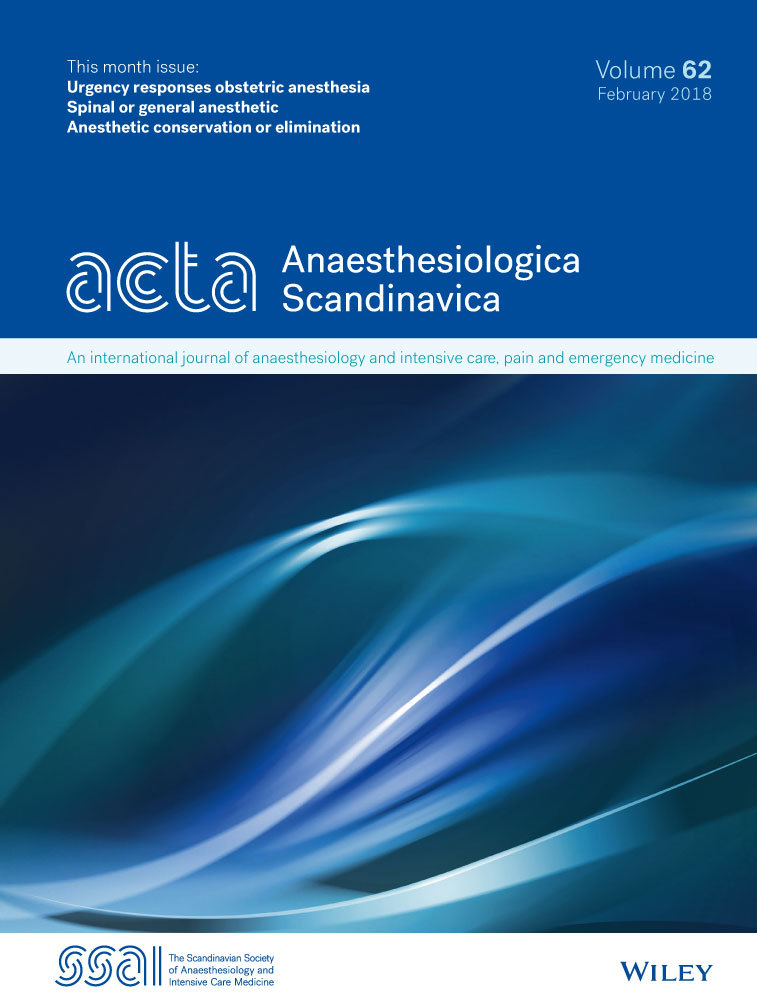Spinal or general anaesthesia for lower-limb amputation in peripheral artery disease – a retrospective cohort study
Conflict of interest
The authors report no conflicts of interest.
Funding
Received only departmental funding.
Abstract
Background
The present study aimed to determine which method of anaesthesia (spinal anaesthesia or general anaesthesia) is better in reducing post-operative analgesic requirements in patients undergoing major limb amputation for lower-limb ischaemia. Another aim was to find out if anaesthesiologists use neuraxial anaesthesia in high-risk patients despite abnormal coagulation profile or use of anticoagulation.
Methods
The study was a retrospective cohort study. All patients undergone above-the-knee amputation or below-the-knee amputation due to peripheral artery disease between 1996 and 2010 were reviewed to evaluate post-operative opioid consumption and complications.
Results
A total of 434 amputations in 323 patients were included in the study. The number of surgical complications, the need for surgical revision and the number of intensive care unit admissions were significantly higher in the general anaesthesia group. The need for post-operative opioid medication was significantly lower in patients with above-the-knee amputation and spinal anaesthesia. The use of post-operative epidural analgesia did not reduce analgesic requirements. In the present study, there were patients who received neuraxial anaesthesia despite abnormal coagulation profile or uninterrupted warfarin or clopidogrel. There were no reported cases of spinal or epidural haematoma.
Conclusion
Patients with spinal anaesthesia had a lower rate of surgical complications, re-operations and intensive care unit admissions. Patients with above-the-knee amputation and spinal anaesthesia had a lesser need for opioid medication in the post-operative period than patients with general anaesthesia. Anaesthesiologists performed neuraxial anaesthesia and/or analgesia in high-risk patients despite abnormal coagulation profile or ongoing anticoagulation, but no adverse outcomes were reported.




